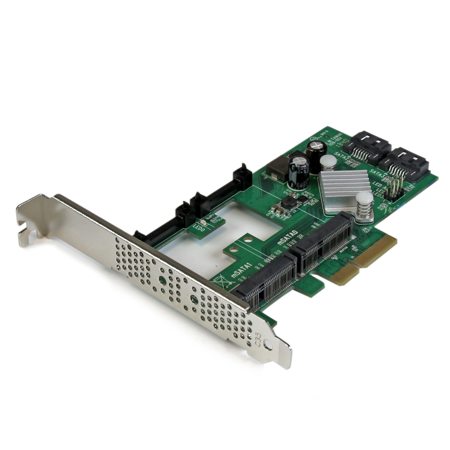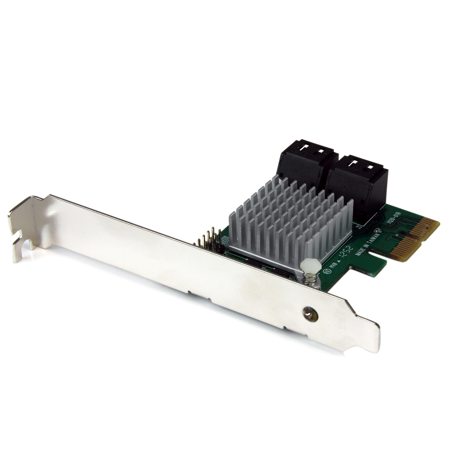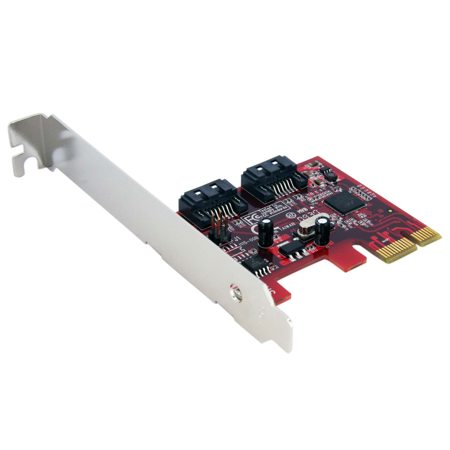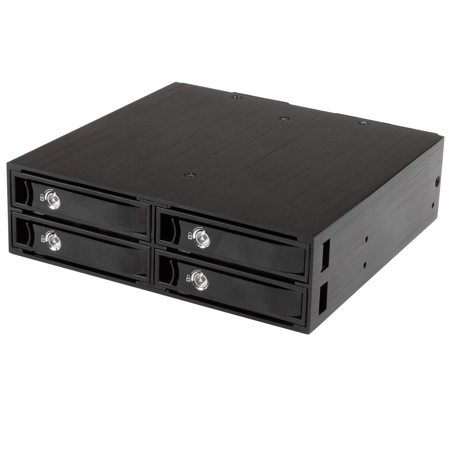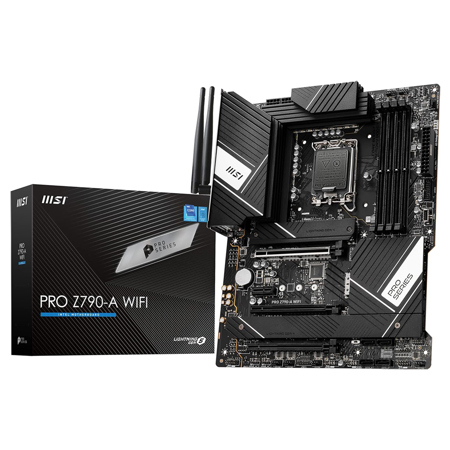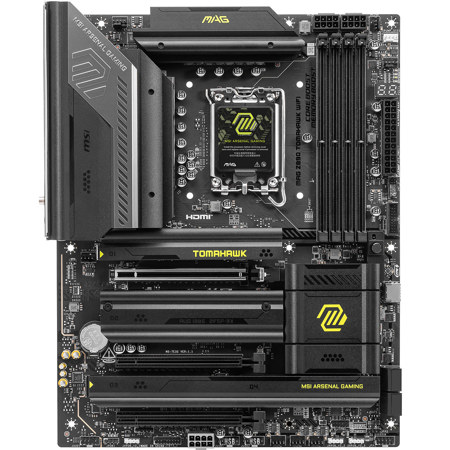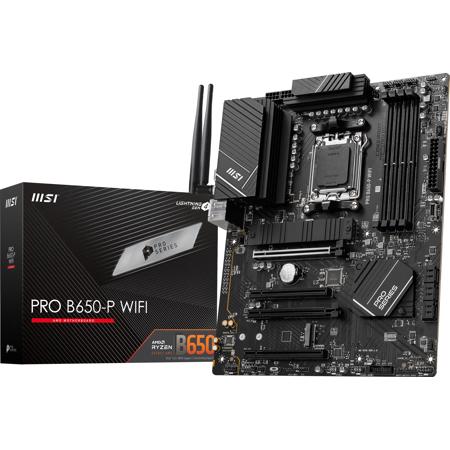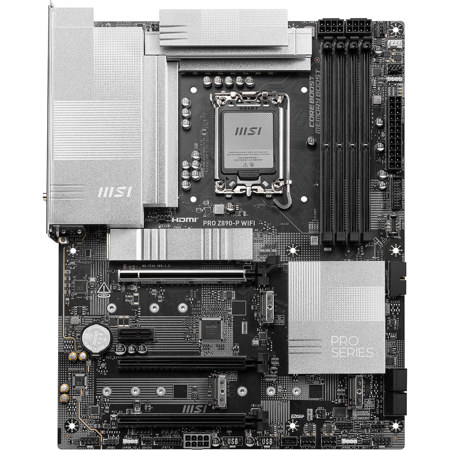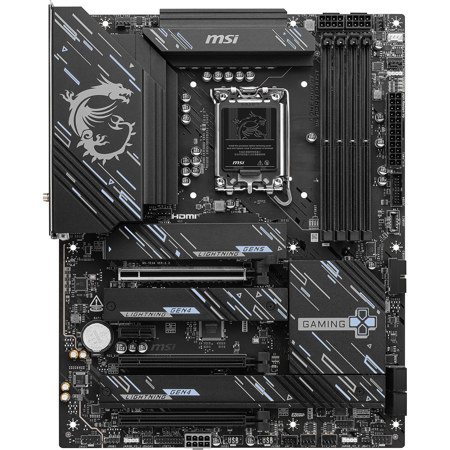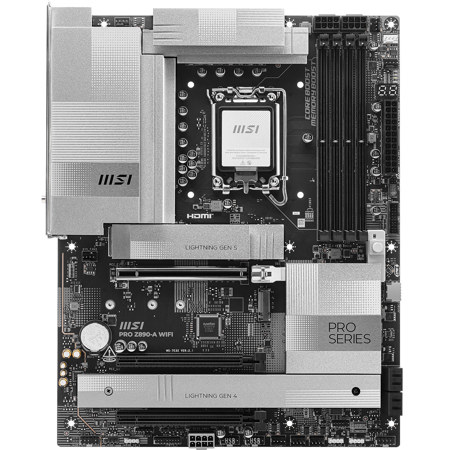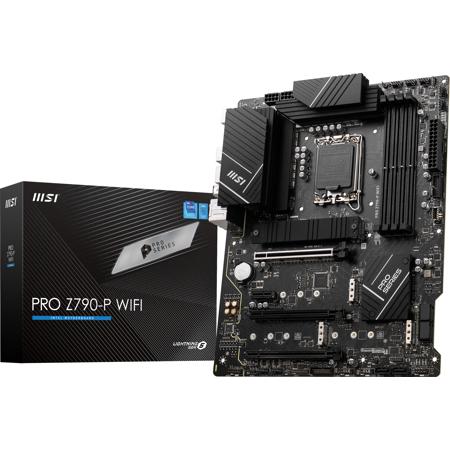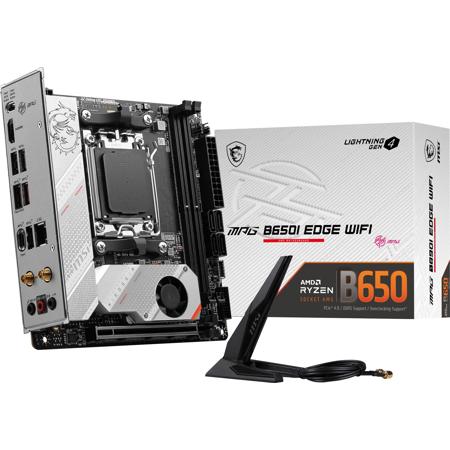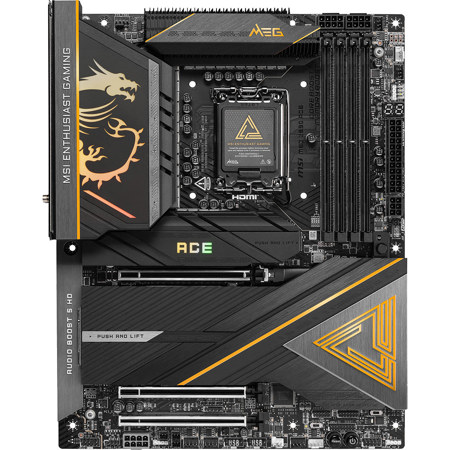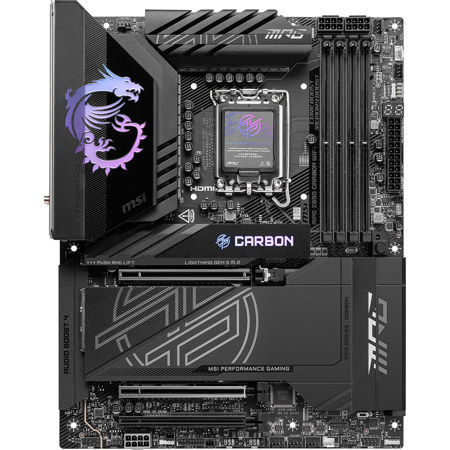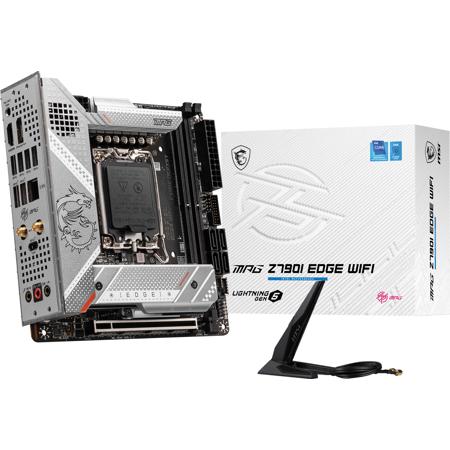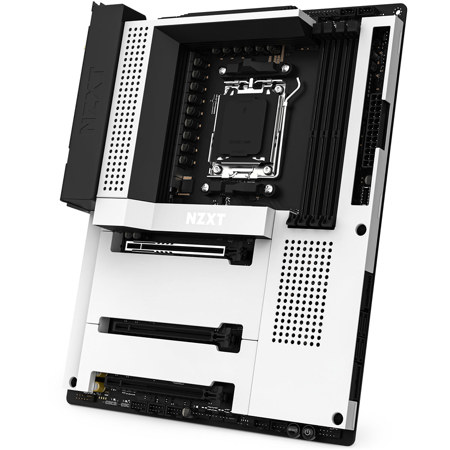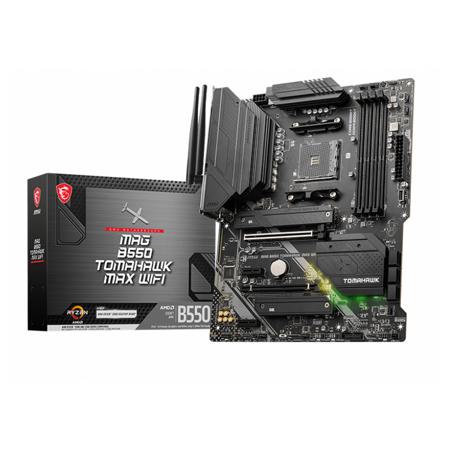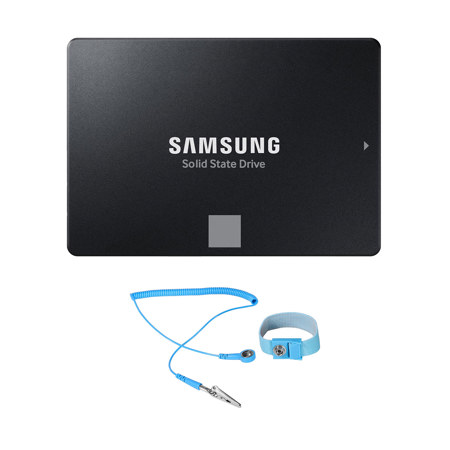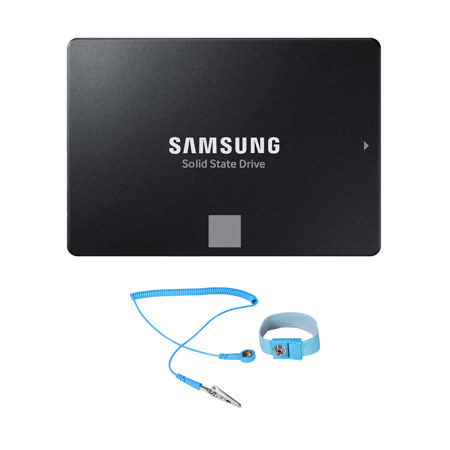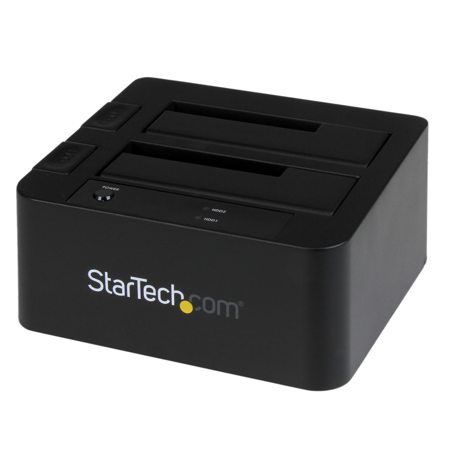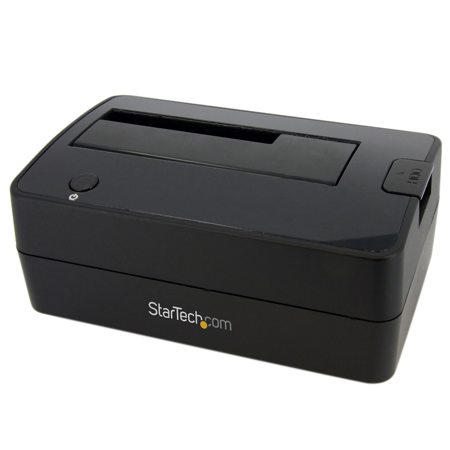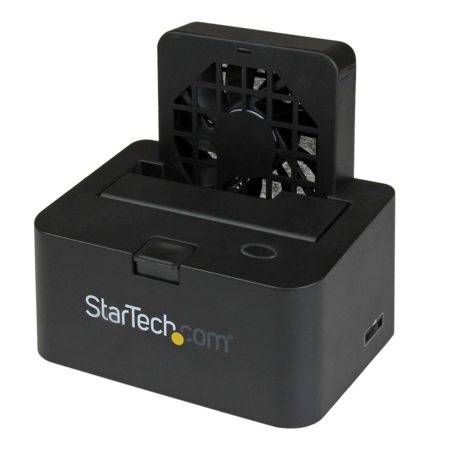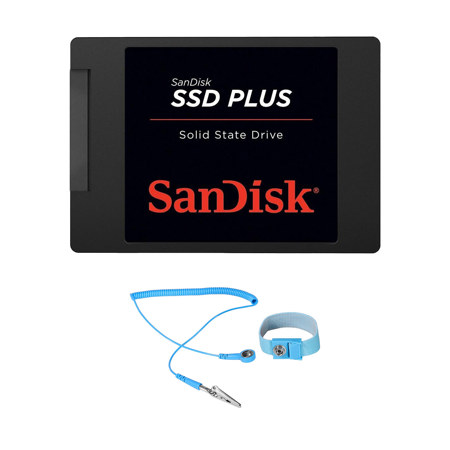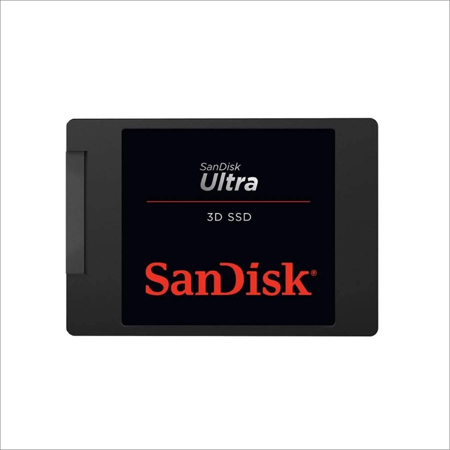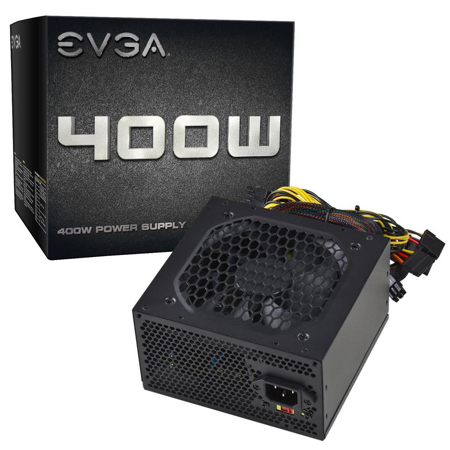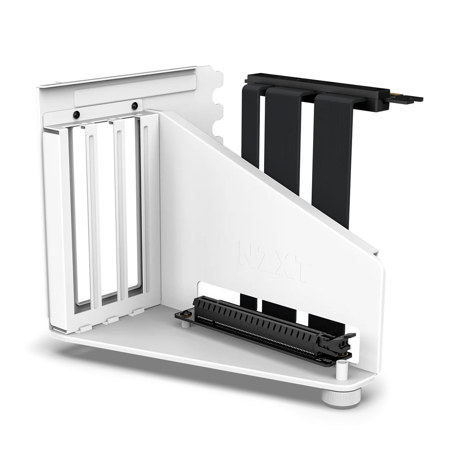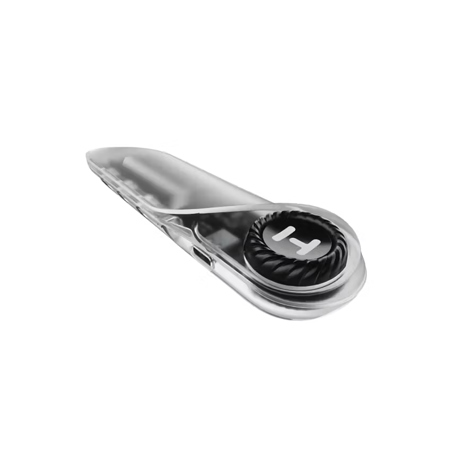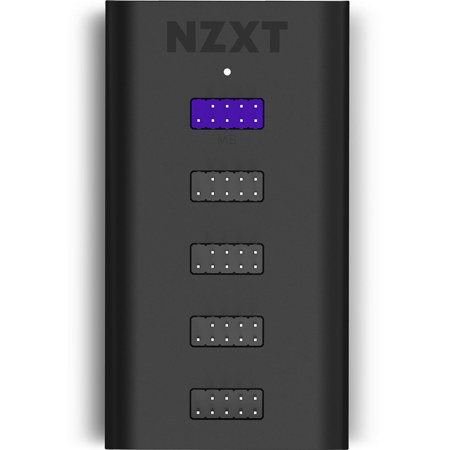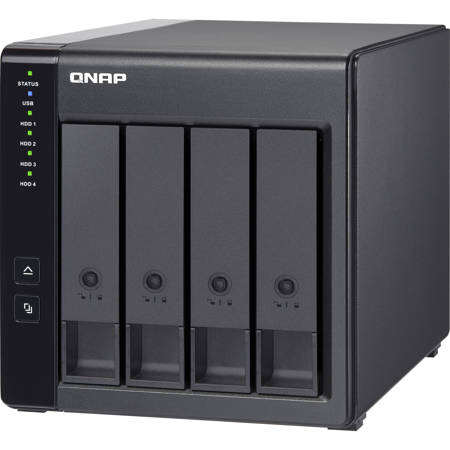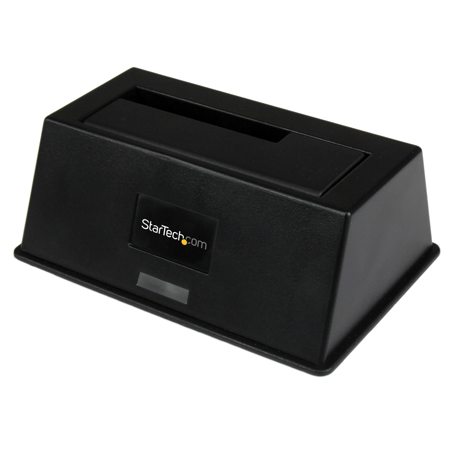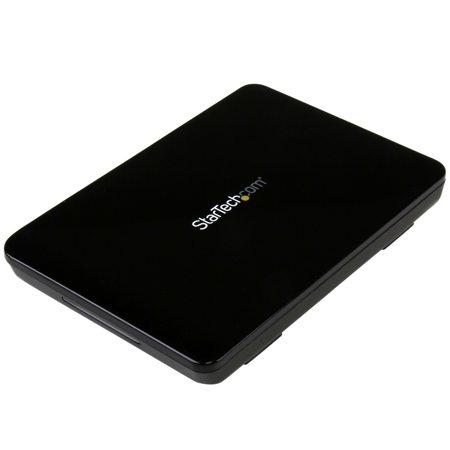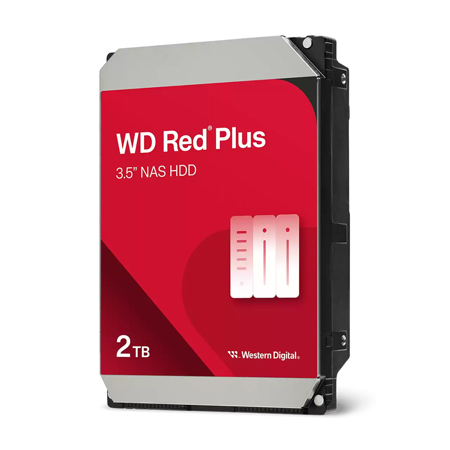Sata Motherboards
In the ever-evolving world of computer technology, SATA motherboards remain a cornerstone for both building new PCs and upgrading existing ones. SATA, an acronym for Serial Advanced Technology Attachment, is a standard type of connection for storage devices in personal computers. SATA motherboards, often referred to as 'sata mobo' in tech circles, are prized for their reliability and performance in handling data transfer between the motherboard and other hardware components like hard drives and optical drives. As we step into the vibrant spring season, it's an excellent time for tech enthusiasts and professional system builders to consider refreshing their setups or constructing new ones that promise enhanced efficiency and speed.
Choosing the right SATA motherboard involves several considerations that ensure the final setup meets specific needs and preferences. The motherboard acts as the central hub of a computer, connecting the CPU, memory, hard drives, optical drives, video card, and other peripherals, orchestrating them into a seamless operation. For gamers, graphic designers, and video editors, a robust sata mobo with high data transfer speeds and expansion capabilities is crucial. It supports sophisticated software and large files they routinely work with, providing a smooth and responsive experience. On the other hand, a standard SATA motherboard might suffice for general home or office use, where tasks are less demanding. The physical size of the motherboard (ATX, microATX, or miniITX) also plays a critical role, especially when dealing with compact cases or specific custom builds. This spring, perhaps a new project could involve assembling a bespoke home media server to store all your seasonal photos and videos, utilizing a dependable SATA motherboard at its core.
For those looking to push the boundaries of their current system's capabilities, upgrading to a motherboard with additional features like more SATA ports, better RAID configurations, or enhanced PCIe slots might be the next step. Speaking of which, if your interests lie in exploring motherboards with faster data transfer rates and slots for cutting-edge graphics cards, you might consider looking into Pcie Motherboards. Whether you're setting up a new PC or gifting a custom-built system, understanding the nuances of different motherboard technologies ensures that you or the recipient can fully leverage the potential of the hardware. As the days grow longer and the spirit of renewal is upon us, embarking on a tech project or helping someone else do so can be both a fulfilling and practical pursuit, perfect for the season.
Choosing the right SATA motherboard involves several considerations that ensure the final setup meets specific needs and preferences. The motherboard acts as the central hub of a computer, connecting the CPU, memory, hard drives, optical drives, video card, and other peripherals, orchestrating them into a seamless operation. For gamers, graphic designers, and video editors, a robust sata mobo with high data transfer speeds and expansion capabilities is crucial. It supports sophisticated software and large files they routinely work with, providing a smooth and responsive experience. On the other hand, a standard SATA motherboard might suffice for general home or office use, where tasks are less demanding. The physical size of the motherboard (ATX, microATX, or miniITX) also plays a critical role, especially when dealing with compact cases or specific custom builds. This spring, perhaps a new project could involve assembling a bespoke home media server to store all your seasonal photos and videos, utilizing a dependable SATA motherboard at its core.
For those looking to push the boundaries of their current system's capabilities, upgrading to a motherboard with additional features like more SATA ports, better RAID configurations, or enhanced PCIe slots might be the next step. Speaking of which, if your interests lie in exploring motherboards with faster data transfer rates and slots for cutting-edge graphics cards, you might consider looking into Pcie Motherboards. Whether you're setting up a new PC or gifting a custom-built system, understanding the nuances of different motherboard technologies ensures that you or the recipient can fully leverage the potential of the hardware. As the days grow longer and the spirit of renewal is upon us, embarking on a tech project or helping someone else do so can be both a fulfilling and practical pursuit, perfect for the season.
